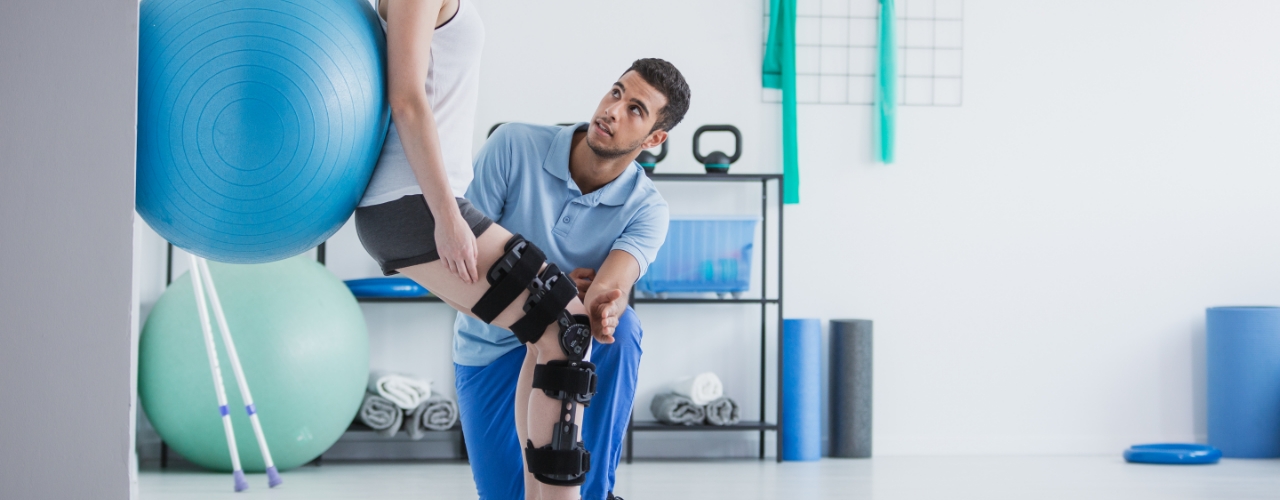One common method used in physical is rehabilitative activity. This involves targeted movements and activities that assist build muscles, improve range of motion, and boost endurance. For example, a client recovering from knee surgery may engage in workouts that focus on restoring power in the lower limb muscles. These activities are carefully chosen based on the patient’s status and objectives. By gradually increasing the intensity and challenges of the exercises, physiotherapy therapists can assist patients recover their power and movement over a period.

Another important method is hands-on therapy, which comprises physical methods to manipulate the human body soft muscles and articulations. This can involve flexibility exercises, mobilization, and massage. Manual therapy seeks to relieve pain, minimize swelling, and enhance circulation. For example, a practitioner may apply light pressure to relieve tension in stiff muscle groups or to help a articulation function more freely. This technique is often integrated with other treatments to enhance rehabilitation and promote recovery. Patients often consider hands-on therapy to be a relaxing and beneficial way to manage their pain.
In addition to exercises and hands-on therapy, instruction plays a vital part in physical. Practitioners teach clients about their conditions and how to handle them effectively. This may entail guidance on correct alignment, body mechanics, and techniques to avoid future traumas. For instance, a practitioner might demonstrate a patient how to lift weighty items safely to avoid injuring their back. By enabling clients with understanding, physiotherapy practitioners assist them take an active part in their recovery and promote long-term wellness and well-being.
Finally, technology is progressively being integrated into physical methods. Devices such as sonography, electrical impulses, and virtual environments can improve conventional treatment methods. These tools can assist reduce discomfort, encourage healing, and offer interactive ways for patients to engage in their rehabilitation. For instance, immersive reality can create helpful resources engaging environments for patients to rehearse actions in a safe plus secure setting. As advancements continues to evolve, it provides promising possibilities for improving recovery outcomes in physiotherapy.
In summary, physical includes a variety of methods that work in unison to assist recovery and healing. Through therapeutic exercises, manual therapy, client education, and the application of technology, physiotherapy therapists offer comprehensive treatment customized to each individual’s requirements. This comprehensive method not only helps clients regain their bodily abilities but also empowers them to maintain their well-being in the long-term future. As an increasing number of people acknowledge the benefits of physiotherapy, it continues to play a crucial role in the journey toward improved well-being and well-being.